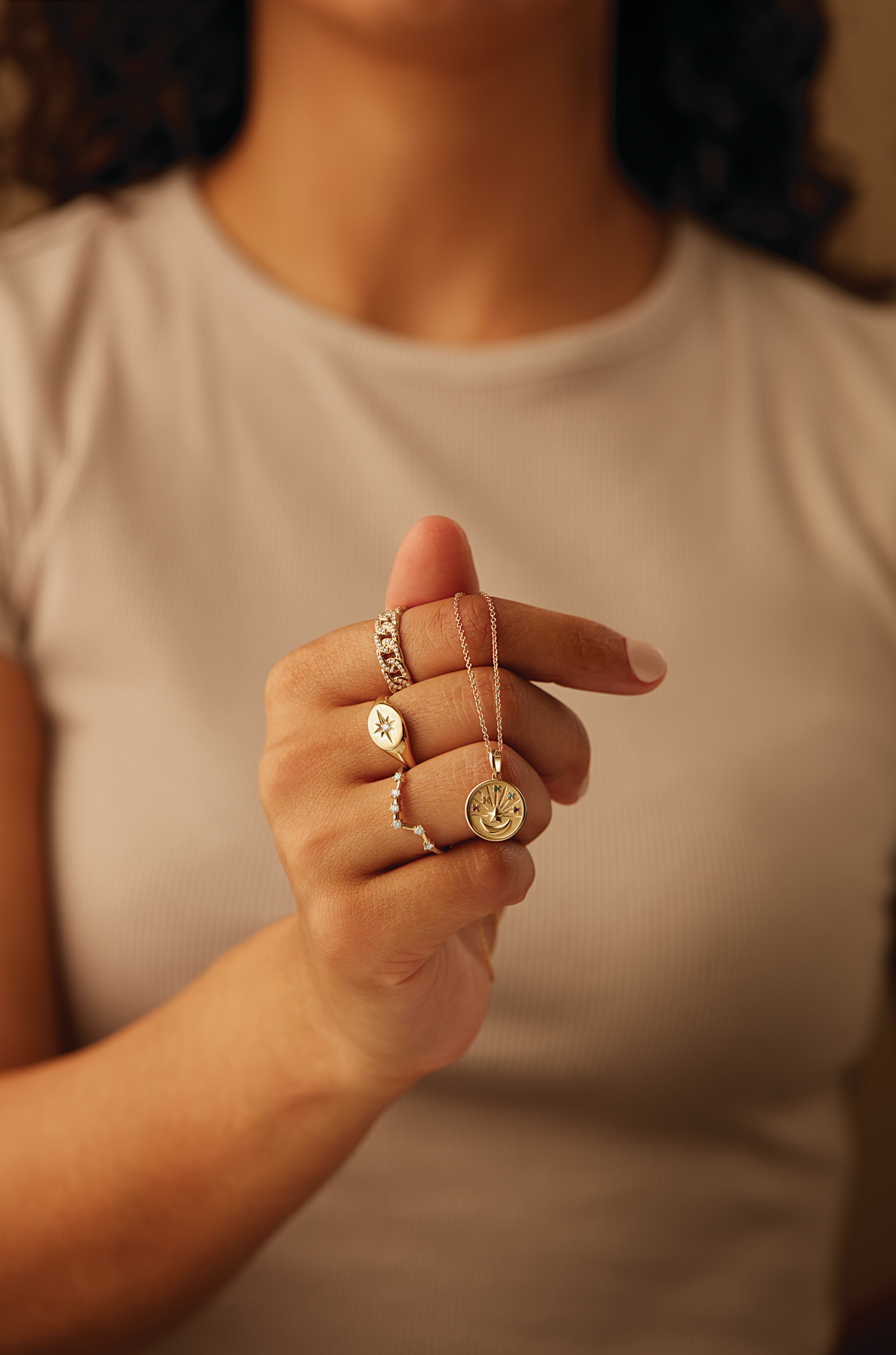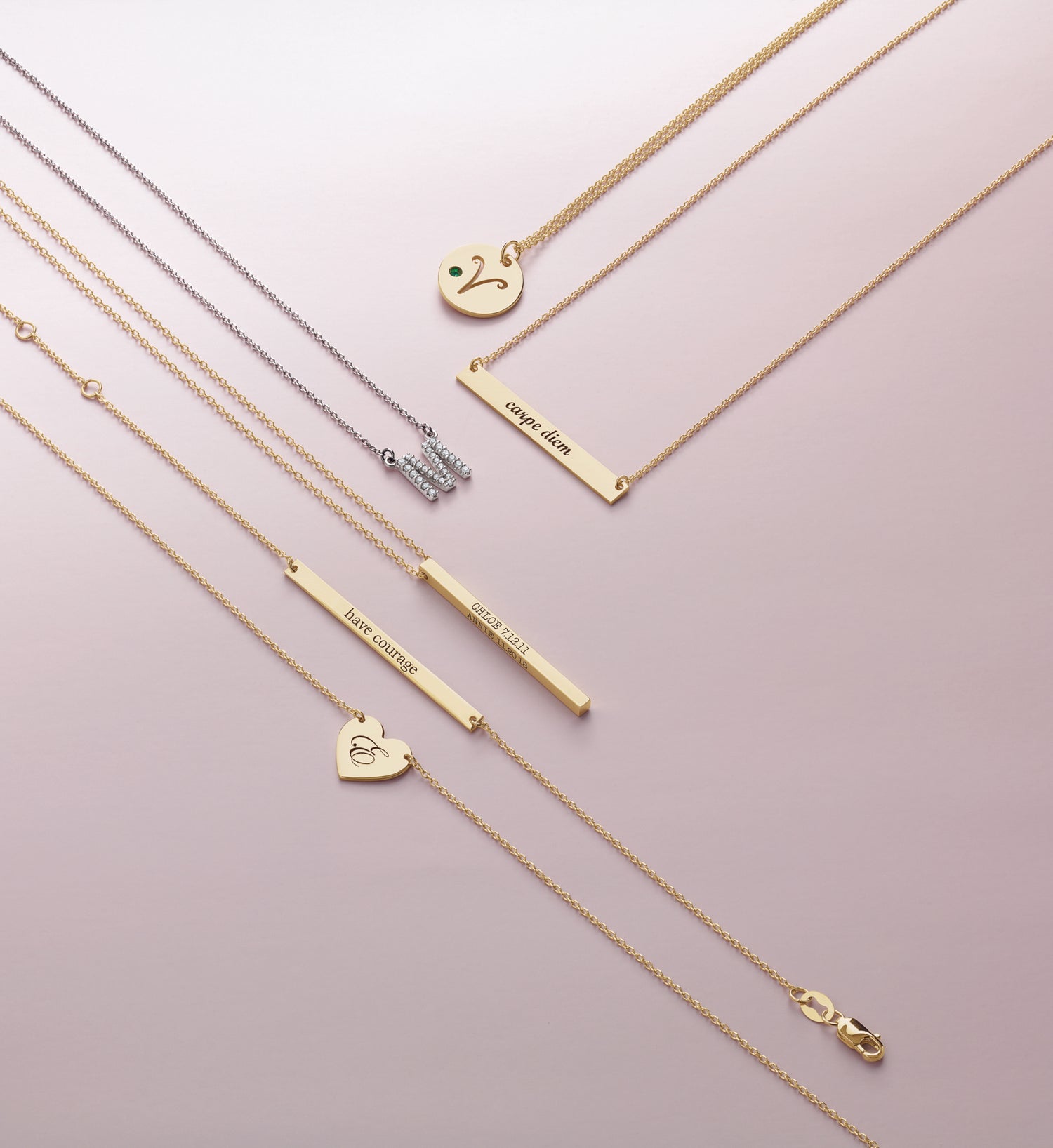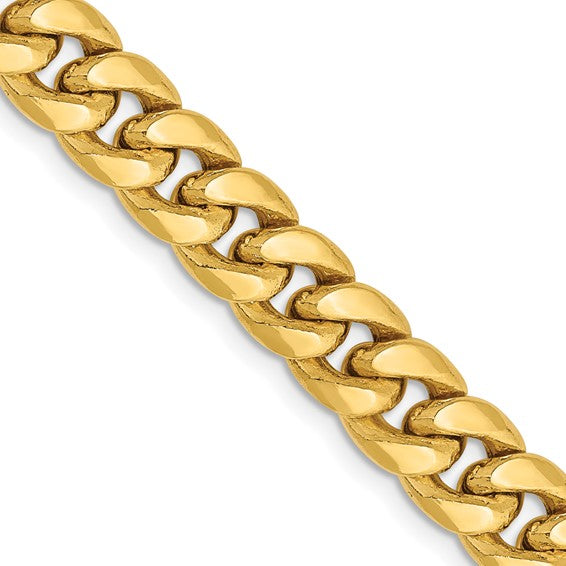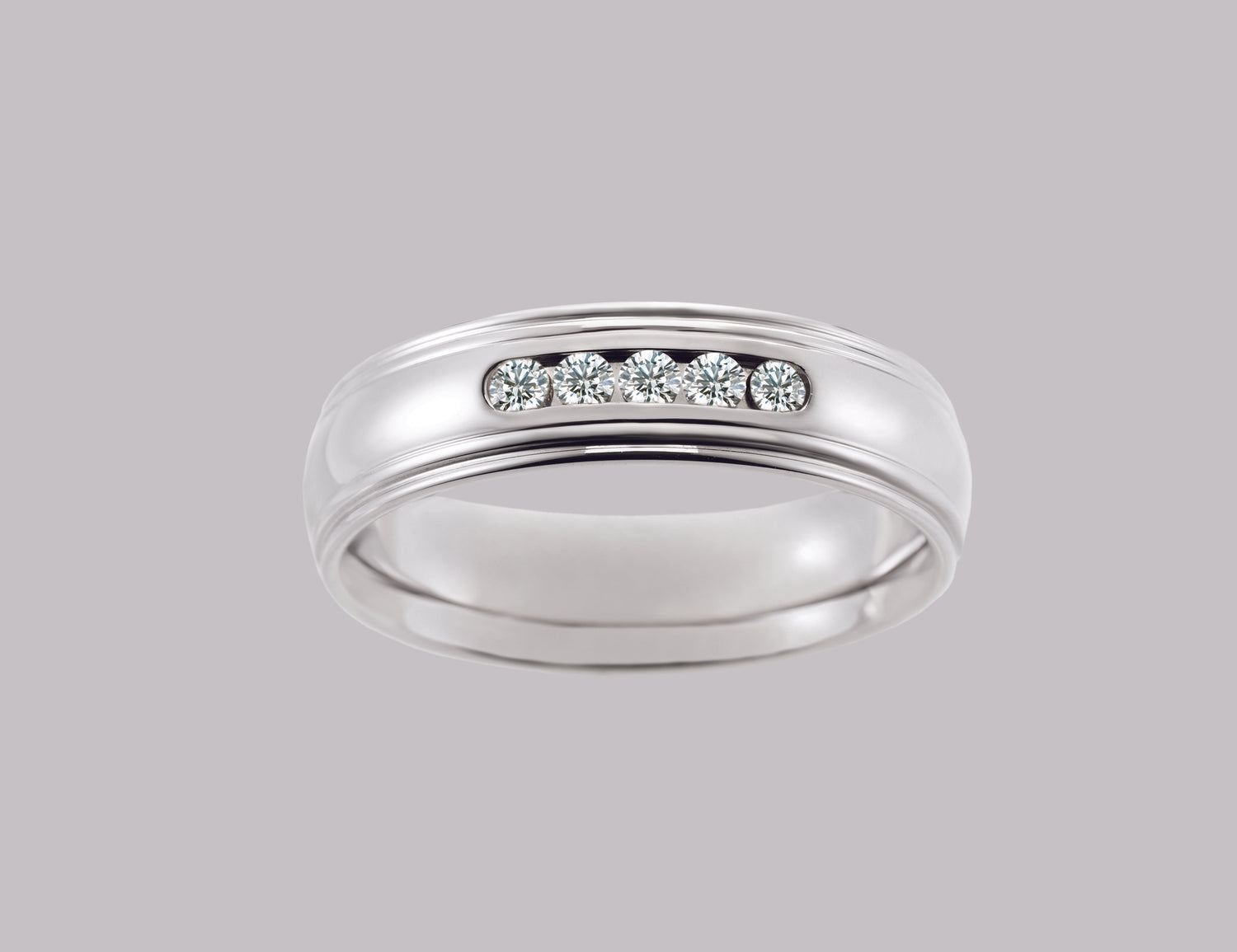Jewelry Metal Guide
At Chapman's Jewelry, we offer a wide selection of fine jewelry in a variety of metal types and styles. Whether you're looking for a classic gold necklace, a modern stainless steel bracelet, or something in between, we have something to fit your taste and budget. Shop today and find the perfect piece of fine jewelry to add to your collection.

GOLD
Gold is a popular metal used in fine jewelry due to its versatility, durability, and value. Its purity is measured in karats, with 24 karat gold being the purest form. The difference in purity between different karats of gold is due to the amount of gold that is present in the alloy. While higher-karat gold is more valuable, lower-karat gold is often more durable. Gold has a natural warm luster and shine that is highly prized in fine jewelry.
Pros:
- Versatility: Gold can be easily molded and shaped into a wide range of styles and designs.
- Beauty: Gold has a natural warm luster and shine, making it a popular choice for engagement rings.
- Value: Gold is a valuable precious metal that is often used as a store of value and a form of investment.
Cons:
- Softness: Gold is a relatively soft metal that can scratch and dent, which can make it less suitable for jewelry that is exposed to rough wear.
- Price: Gold can be a relatively expensive metal, particularly if it is high in karats or contains other rare materials.

Sterling Silver
Sterling silver is a popular metal used in fine jewelry due to its beauty and affordability. It is an alloy of silver containing 92.5% pure silver and 7.5% other metals, usually copper. The addition of copper to the alloy gives it strength and durability, making it a popular choice for jewelry designers.
Pros:
- Affordability: Sterling silver is more affordable than gold, making it a popular choice for those on a budget.
- Durability: The addition of copper to the alloy gives sterling silver strength and durability, making it suitable for everyday wear.
Cons:
- Tarnish: Sterling silver can tarnish over time, particularly if it is exposed to air and moisture. This can be easily remedied with regular cleaning and maintenance.

Stainless Steel
Stainless steel is a popular metal used in fine jewelry due to its durability, affordability, and unique aesthetic. It is an alloy of iron, chromium, and other metals, depending on the specific type of stainless steel. The addition of chromium gives stainless steel its unique resistance to rust and corrosion, making it a popular choice for jewelry designers.
Pros:
- Durability: Stainless steel is one of the most durable metals used in fine jewelry, making it highly resistant to scratches and wear and tear.
- Affordability: Stainless steel is more affordable than precious metals like gold or platinum, making it an accessible choice for those on a budget.
- Unique Aesthetic: Stainless steel has a distinctive, modern look that is highly prized in contemporary jewelry design.
Cons:
- Weight: Stainless steel is a relatively heavy metal, which may be uncomfortable for some wearers.
- Limited Color Options: While stainless steel can be coated or plated with other metals like gold or black titanium, the natural color of stainless steel is silver or gray, which may not appeal to all wearers.

Gold-Plated Sterling Silver
Gold-plated sterling silver is a popular choice for those seeking the beauty of gold at a more affordable price point. It is made by coating a sterling silver base with a layer of gold using a process known as electroplating.
Pros:
- Affordability: Gold-plated sterling silver is a more affordable option than solid gold jewelry, making it accessible to a wider range of budgets.
- Balance: These pieces are made up of majority sterling silver, these offer the price point of sterling silver with the look of gold.
Cons:
- Wear and Tear: Over time, the gold layer on gold-plated sterling silver jewelry may wear away, revealing the underlying sterling silver. This can be remedied by having the piece re-plated with gold.
- Maintenance: Gold-plated sterling silver jewelry requires regular cleaning and maintenance to prevent tarnishing and to ensure the gold layer remains intact.

Gold-Filled Sterling Silver
Gold-filled jewelry is a type of jewelry that is made by bonding a layer of gold to a base metal using heat and pressure. The resulting piece of jewelry has a thicker layer of gold than gold-plated jewelry and is more durable.
Pros:
- Durability: Gold-filled jewelry is more durable than gold-plated jewelry, as the layer of gold is thicker and more securely bonded to the base metal.
- Affordability: Gold-filled jewelry is more affordable than solid gold jewelry, making it accessible to a wider range of budgets.
- Appearance: Gold-filled jewelry has the same lustrous shine as solid gold, making it a popular choice for those who desire the look of gold at a more affordable price point.
Cons:
- Wear and Tear: Over time, the layer of gold on gold-filled jewelry may wear away, revealing the underlying base metal. This can be remedied by having the piece re-plated with gold.
- Maintenance: Gold-filled jewelry requires regular cleaning and maintenance to prevent tarnishing and to ensure the gold layer remains intact.

Platinum
Platinum is a precious metal that is highly valued in fine jewelry due to its rarity, durability, and purity. It is a naturally white metal and does not require rhodium plating like white gold to maintain its color.
Pros:
- Durability: Platinum is one of the most durable metals used in fine jewelry, making it highly resistant to scratches and wear and tear.
- Purity: Platinum is a very pure metal and is often used in its nearly pure form (95% - 98% pure), making it an excellent choice for those with sensitive skin.
- Rarity: Platinum is a rare metal, with annual production levels much lower than gold, which makes it a highly coveted and exclusive choice for fine jewelry.
Cons:
- Cost: Platinum is one of the most expensive metals used in fine jewelry, due to its rarity and high production costs.
- Weight: Platinum is a dense metal, which makes it heavier than other metals like gold, and may be uncomfortable for some wearers.
- Maintenance: While platinum is durable, it can develop a patina or "satin finish" over time, which some wearers may not prefer. To maintain its shiny finish, platinum jewelry requires periodic polishing by a professional jeweler.
